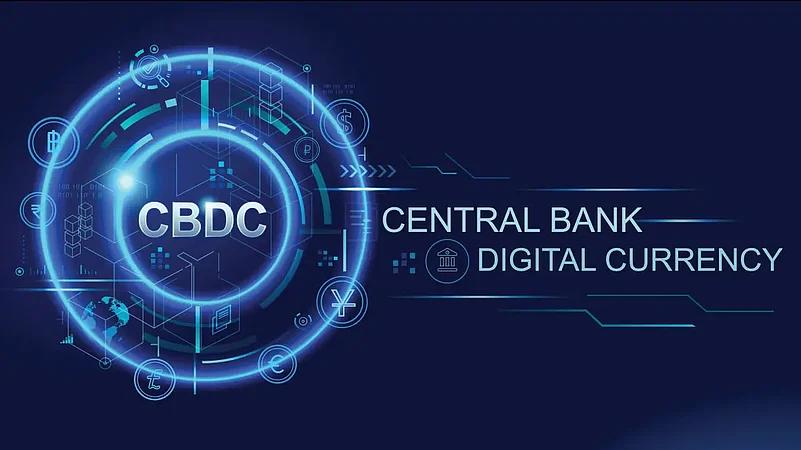There has been a growing interest in adopting a Central Bank Digital Coin (CBDC) by governments worldwide. While the answer may seem obvious, with cryptocurrencies fast emerging as an alternative mode of transaction, the need for a regulated digital coin appeared to be a logical progression for the central banks. Furthermore, the rising blockchain technology has opened up endless possibilities across varied economic sectors. Thus, it has become incumbent on the central banks to ensure the safety and stability of the global financial systems.
There is a lot of talk about CBDCs, and other distributed ledger technology (DLT) products this year. The concept of CBDC has been floated as a digital version of the fiat currency, whose records can be stored on a blockchain using DLT.
The government of India’s ‘Digital Rupee’ initiative, or CBDC, has laid the foundation for the country’s next stage of the digital payment revolution. Moreover, with the world evolving more towards digital than physical, “CBDCs can serve as digital banknotes in the digital economies of the future,” said Arun Krishnan, global head of engineering, Infosys Finacle, the fintech subsidiary of IT company Infosys (INFY).
Advertisement
How Will CBDC Help You?
Boost India’s Financial Inclusion: According to a World Bank report, a significant portion of India’s unbanked population has access to mobile phones but no bank account. Rahul Advani, policy director, APAC region, Ripple, a blockchain-based payments solution company, says CBDC can help in this regard. Advani said, “The key here is accessibility—being able to access funds without physically needing to visit a bank is essential. To meet the needs of the unbanked, a retail CBDC can be incorporated into e-wallets, enabling more people to access formal financial services at their fingertips.”
“Such a CBDC system will also help the under-banked and unbanked to establish a financial identity and receive government aid more readily, ultimately creating a more inclusive and equitable financial system,” Advani added.
Efficient Cross-Border Payments: Cross-border payment is one of the top use cases for CBDC for most nations, including India. Krishnan said that Indians could tap into the opportunities worldwide by taking advantage of increased efficiency in the cross-border, cross-currency settlement in real-time and increased liquidity provided by CBDC.
Reduce Money Laundering: Since CBDC will use DLT technology like blockchain, its usage can be better tracked. Krishnan said CBDC could help reduce counterfeiting. CBDC would “discourage illicit activities and boost anti-money laundering efforts, providing more fair opportunities for honest, hard-working people of India,” added Krishnan.
Advertisement
What Drove Countries Towards Blockchain Solutions Like CBDC?
Although blockchain technology has been around for a decade, its use cases have been growing recently. A report titled ‘New Value Crypto Trends’ published by Ripple in August 2022 showed that 30 per cent of global consumers believe that the impact of CBDC on the financial sector could be massive in the next five years. The report said that about 85 per cent of consumers globally believe their countries will adopt CBDC in the next four years. The report noted that consumer sentiments were at par with what central banks globally feel.
According to a report titled ‘Payments Trends Book 2022’ published by IT company Capgemini in December 2021, one of the catalysts for implementing CBDC was that globally more than 45 per cent of consumers want to use cryptocurrency as a payment mechanism in the next one to two years. But governments are concerned that private cryptocurrencies like Bitcoin, Ethereum, etc., could become a money-laundering and terrorist financing threat, thereby challenging monetary policies. “As private cryptocurrencies gained momentum, central banks started to experiment and work on CBDC use cases,” the Capgemini report noted.
In a recently published IMF blog, the same trend was highlighted. Governments now recognize and try to regulate crypto, blockchain, and other Web 3.0 products because these technologies have moved into the mainstream segment from being a niche about a decade ago.















 Just one email a week
Just one email a week